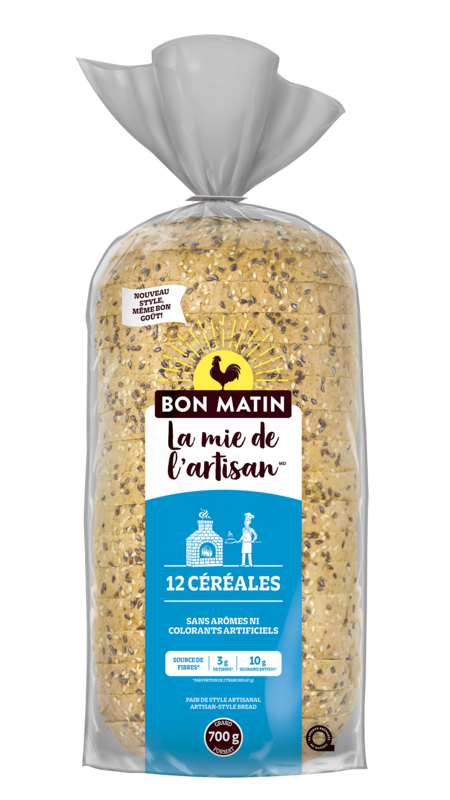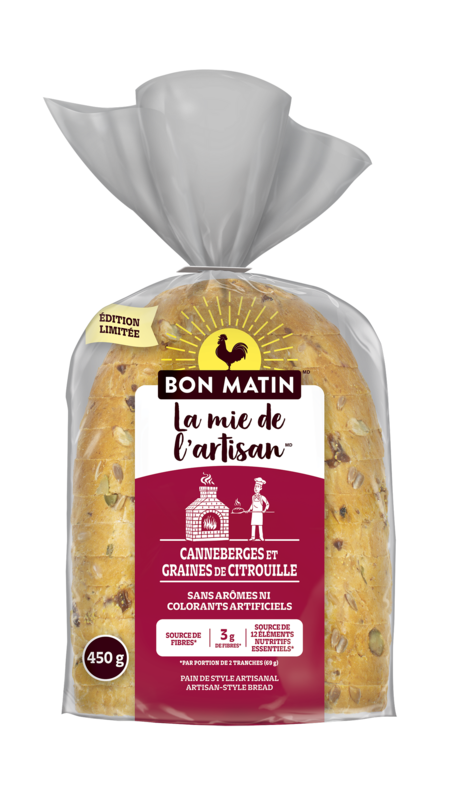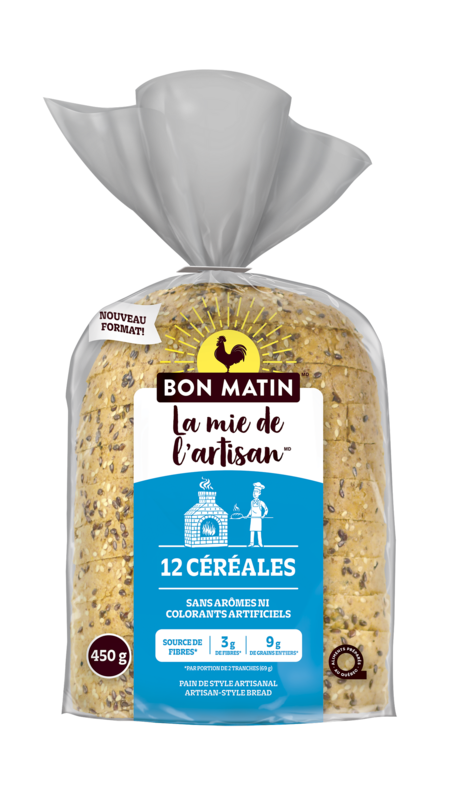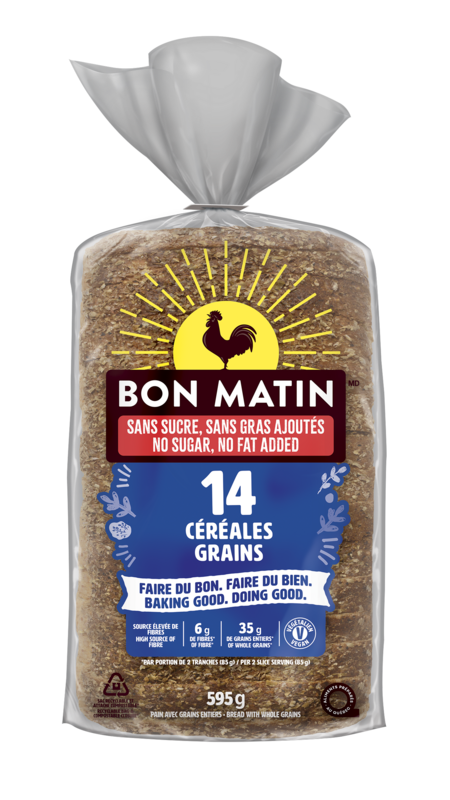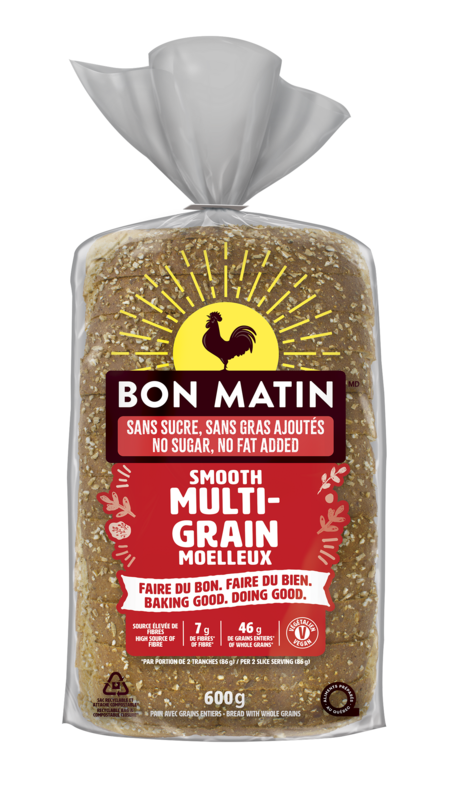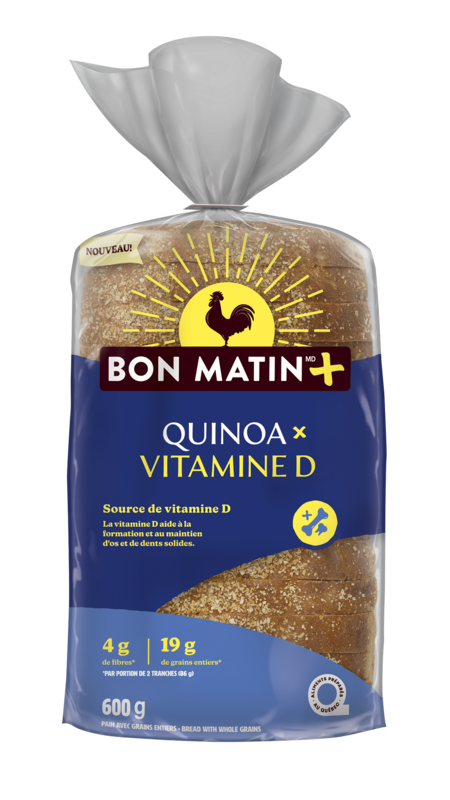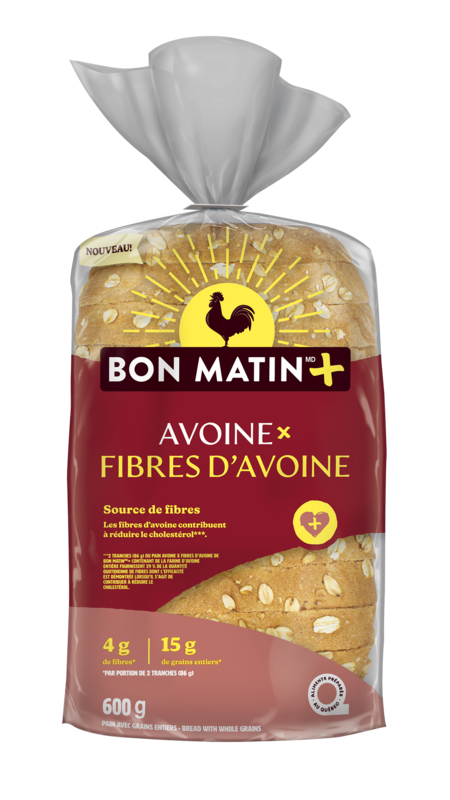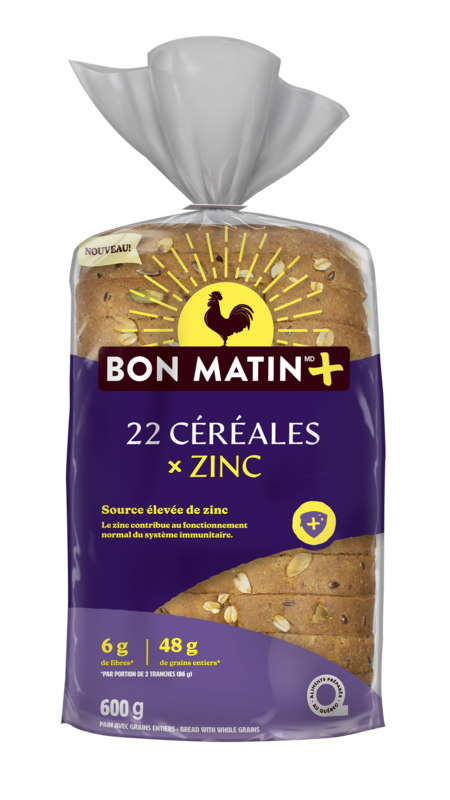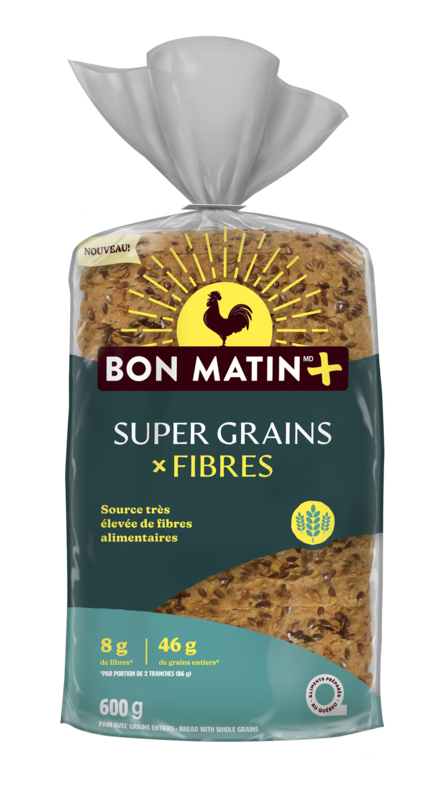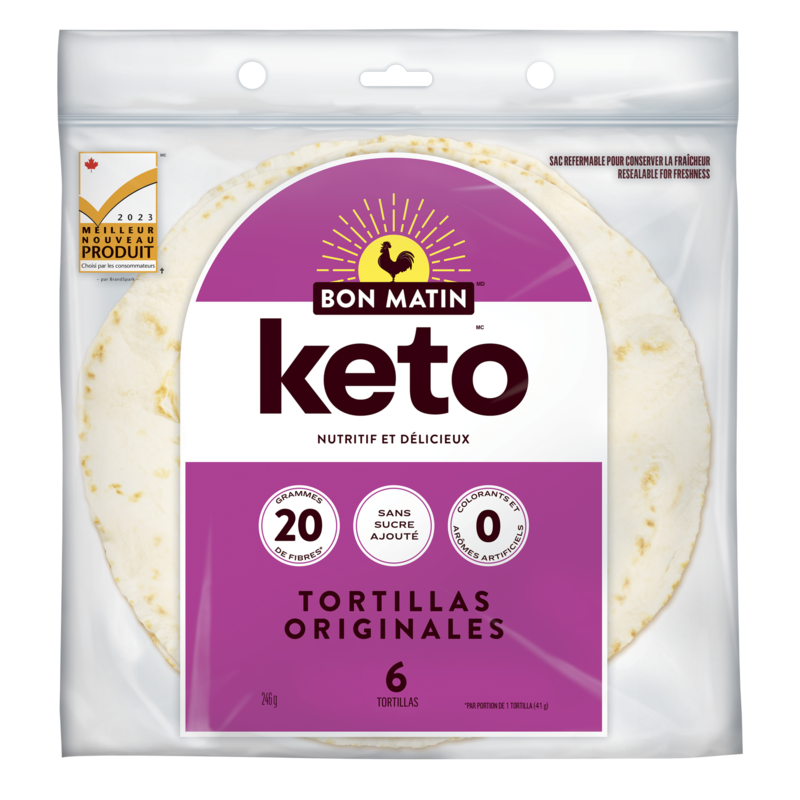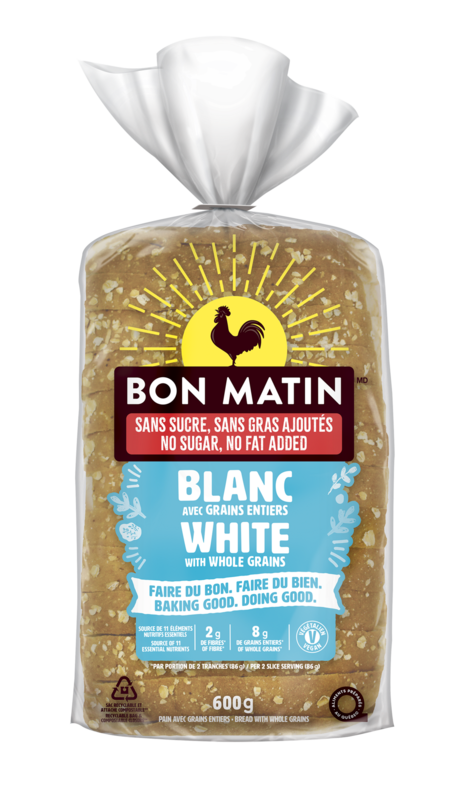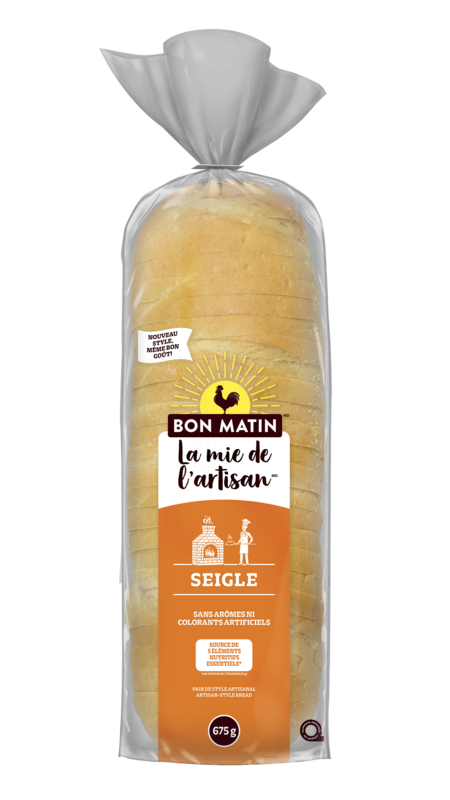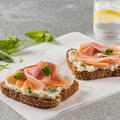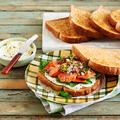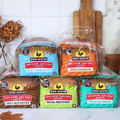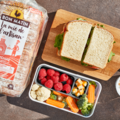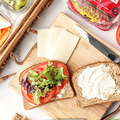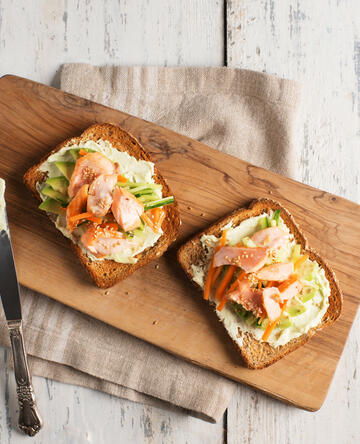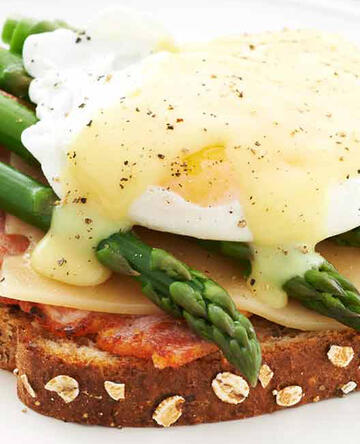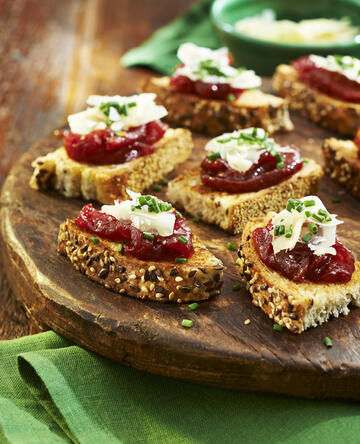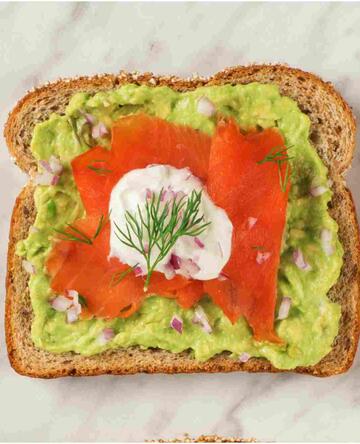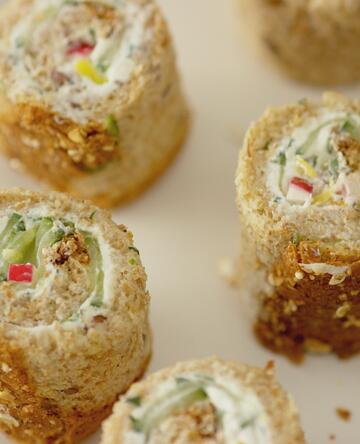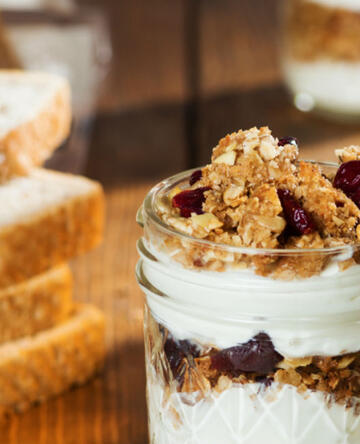Recipes
122 recipes
Articles
25 articles
What should we look for when buying a loaf of bread?
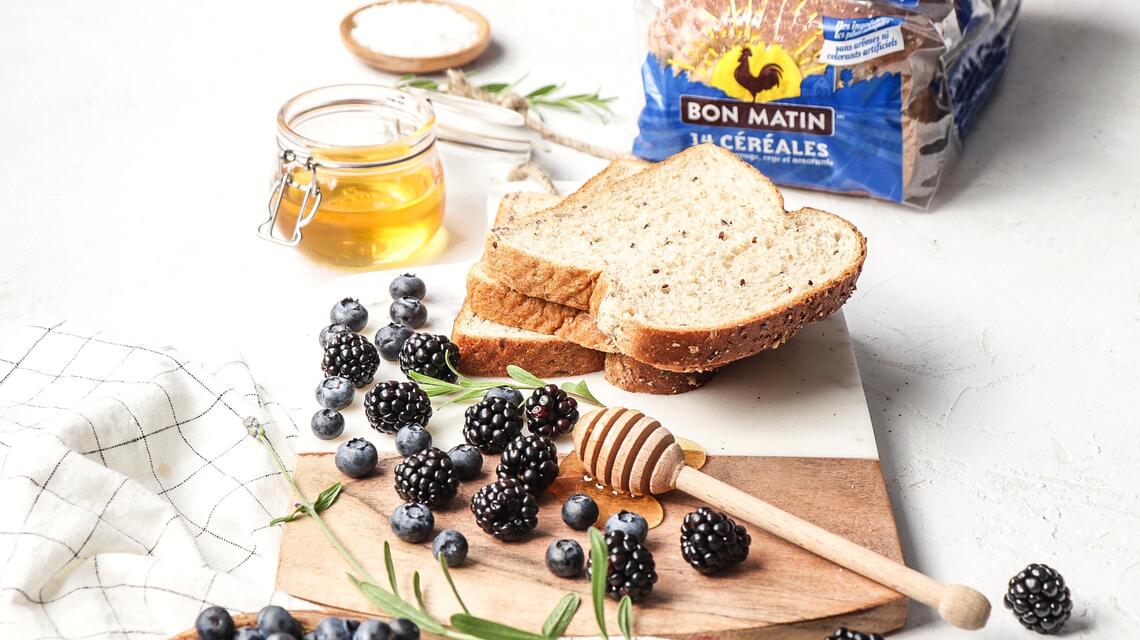
Every day, we’re surrounded by decisions. Thousands of them! Cornell University researchers in the U.S. estimate that the average adult makes 226.7 decisions about food alone each day. The more responsibility you have, the more decisions you have to make! To help make life easier, we've provided a checklist to help you make informed decisions when choosing the right bread for a balanced diet. It’ll get easier for you!
Are you an impulsive grocery shopper?
Being impulsive at the grocery store usually means following the path of least resistance. Impulsive shopping means that you can miss out on some great finds and interesting new products.
The bread aisle is usually the longest in the grocery store, so you have plenty of choices. You need to compare and analyze nutritional value, which has a number of health benefits.
Some opt for the most appealing or the most popular selection. We call this compliance. You can also delegate your decision. You can follow the grocery list from another family member, or follow advice from trained professionals who can help you with your decisions.
The final decision-making strategy is called balancing. It means that you consider factors involved (taste, price, health, size, etc.), study them, and use that information to make the right decisions. You can combine these strategies.
When choosing a bread, several factors apply, such as price, colour, texture (are there seeds or is the texture consistent?), taste, size and other nutritional criteria. The ingredient list is one of these criteria. It should be brief and easy to read. Normally, breads at the grocery store contain certain preservatives, such as calcium propionate, sorbic acid or soy lecithin. These extend product shelf life, while homemade bread, which doesn’t contain these agents, may only have a few days of shelf life.
Nutritional criteria for a healthy choice (per 2-slice serving):
- Made with whole grain or wheat flour
- At least 3 g of dietary fibre
- Less than 340 mg of sodium (15% DV)
- At least 7 g of protein
- No sweeteners
Most Bon Matin products easily pass the test! Some high-fibre breads, besides being made with whole grain flours, also contain grain blends that enhance taste while increasing dietary fibre.
For example, Bon Matin 14 Grain bread, has a mix of red quinoa, amaranth, cracked sorghum, cracked triticale, rolled oats, millet, flaxseed, cracked rye, cracked hulled barley, cracked brown rice, cracked buckwheat, sesame seeds and sunflower seeds.
You have to look out for sodium. Health Canada recommends a maximum of 15% of the Daily Value in food choices. To help you remember, you’ll see the rule “5% or less is a little, 15% or more is a lot” at the bottom of the updated Nutrition Facts. More precisely, 15% sodium equals 340 mg of sodium.
Sodium is an essential component of salt, chemically defined as NaCl (or sodium chloride). To find out how sodium equals an amount of salt, multiply the amount of sodium by 2.5 (1 g, or 1000 mg, of sodium equals 2.5 g of salt).
Be careful! Sometimes you have to divide by 1000 to get milligrams, because this unit is used on the Nutrition Facts table for sodium. If you're concerned about sodium, opt for bread that has less than 275 mg/serving. For example, Bon Matin Home Style Oatmeal loaf would be an excellent choice, at 250 mg/2 slices (80 g).
In conclusion, look carefully at product labels, the list of ingredients and Nutrition Facts table of your bread. This information can help you make educated choices that are good for you!
